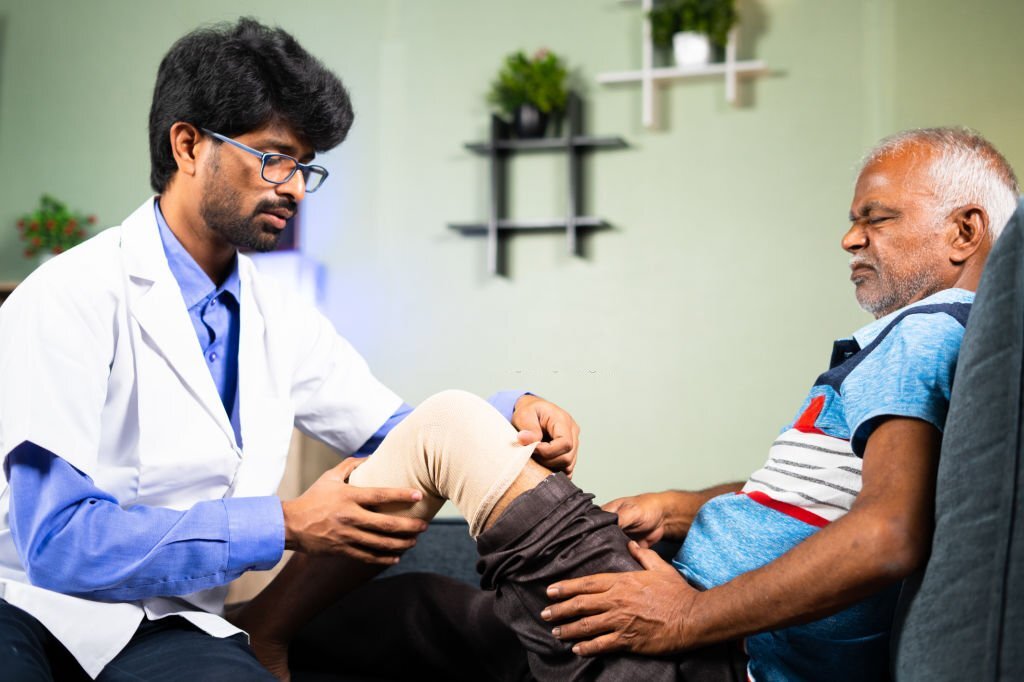Physiotherapy, also known as physical therapy, is an integral part of recovery and rehabilitation for many people. Traditionally, patients have had to travel to clinics and hospitals to receive hands-on physiotherapy treatment from licensed therapists. However, technological advances and changing healthcare landscapes have given rise to new models of care – including mobile and in-home physiotherapy services.
What is Mobile and In-Home Physiotherapy?
Mobile physiotherapy refers to therapists who provide care in patient’s homes or other community settings rather than requiring patients to attend clinic appointments. Some critical aspects of mobile physiotherapy include:
- Convenience for patients – Patients with mobility challenges or other barriers to accessing clinic-based care can still receive needed treatment by receiving in-home assessment, therapy, and rehabilitation.
- Access to specialized care – Mobile therapists often have technical skills and can provide services like postsurgical rehab, balance and fall prevention, home assessments and modifications, and chronic condition management.
- Care continuity – Seeing the same therapist and having treatment take place in a familiar setting of one’s home may improve continuity of care and recovery outcomes.
- Multidisciplinary coordination – Mobile therapists can better coordinate with physicians, visiting nurses, social workers, and others involved in a patient’s care team.
When Might Mobile Physiotherapy Be Appropriate?
There are several circumstances when mobile physiotherapy delivered in the patient’s home or care facility might offer the best option over outpatient clinic services:
For Patients with Mobility Barriers
Having physiotherapy at home removes the need for transportation and mobility assistance like wheelchairs, crutches, or canes to get to appointments. This makes mobile care ideal for those recovering from surgeries, injuries or conditions affecting mobility and balance like:
- Hip knee replacements
- Broken bones
- Neurological conditions
- Vertigo
- Chronic pain
For Long-Term Home Care Patients
Receiving ongoing physiotherapy over weeks or months may be needed for geriatric patients or those with progressive diseases like MS, Parkinson’s or ALS. Home visits allow continued engagement in exercise, strength training, balance and gait retraining.
After Hospital Discharge
The transition from hospital back home can be risky as patients recover mobility and resume activities of daily living. Post-discharge physiotherapy assessment and short-term treatment help reduce readmissions and fall risks during the vulnerability of hospital discharge.
Palliative & End of Life Care
Maintaining comfort, mobility, and dignity are priorities for patients in hospice settings. Gentle stretching, positioning, breathing exercises and other physiotherapy interventions can help improve quality of life.
Benefits of In-Home Physiotherapy
Home and community-based physiotherapy offers many unique advantages compared to outpatient clinical services.
Physical Environment Tailored to Patient Needs
Within the home environment, the therapist can recommend mobility aids, bathroom grab bars, and furniture arrangements and directly observe the patient performing daily activities. Therapy can be individualized and done alongside caregivers.
Psychological Comfort & Empowerment
Being in a familiar home setting can help patients feel at ease. Having a therapist enter their space can promote self-efficacy and empower patients as active participants in their care.
Family Involvement & Caregiver Training
With in-home therapy visits, family and other caregivers can be present and actively trained on exercise programs, equipment use, and techniques for assisting with mobility – helping extend the impact of therapy beyond appointments.
Access & Convenience
Home visits overcome many access barriers with site-based clinic care – including transportation, mobility limitations, living in remote regions, inflexible work schedules or family caregiving demands.
Cost Savings & Efficiency
Though home visit rates are often higher per session, reducing transfers and readmissions, improving outcomes, and preventing decline could lower costs overall to health systems. Shared travel costs across multiple home visits per trip also increase efficiency.
Future Outlook
Trends show increasing adoption of mobile physiotherapy care models globally. Some projections estimate the home healthcare market will grow at over 8% annually in the coming years.
Rising demand drives this as populations age and more individuals manage chronic conditions. At the same time, technological innovations and changes in payment models continue to remove barriers to mobile physiotherapists offering services.
As healthcare systems recognize the unique value of delivering needed rehabilitation therapy in the home and community, mobile physiotherapy promises to transform recovery and long-term health for many more patients.
Conclusion:
Mobile and in-home physiotherapy offers a convenient, customized and patient-centred approach to rehabilitation and ongoing condition management. By providing assessments, therapy interventions, caregiver training and recommendations directly in the patient’s living environment, home-based care can transform outcomes for those with injuries, postoperative needs, disabilities or chronic diseases. While barriers like reimbursement models exist, advancements in technology and shifting attitudes toward value-based and preventative care seem poised to drive greater adoption of physiotherapy in domestic settings. With patient demands increasing simultaneously, the future looks bright for expanding these services and bringing therapy home.





